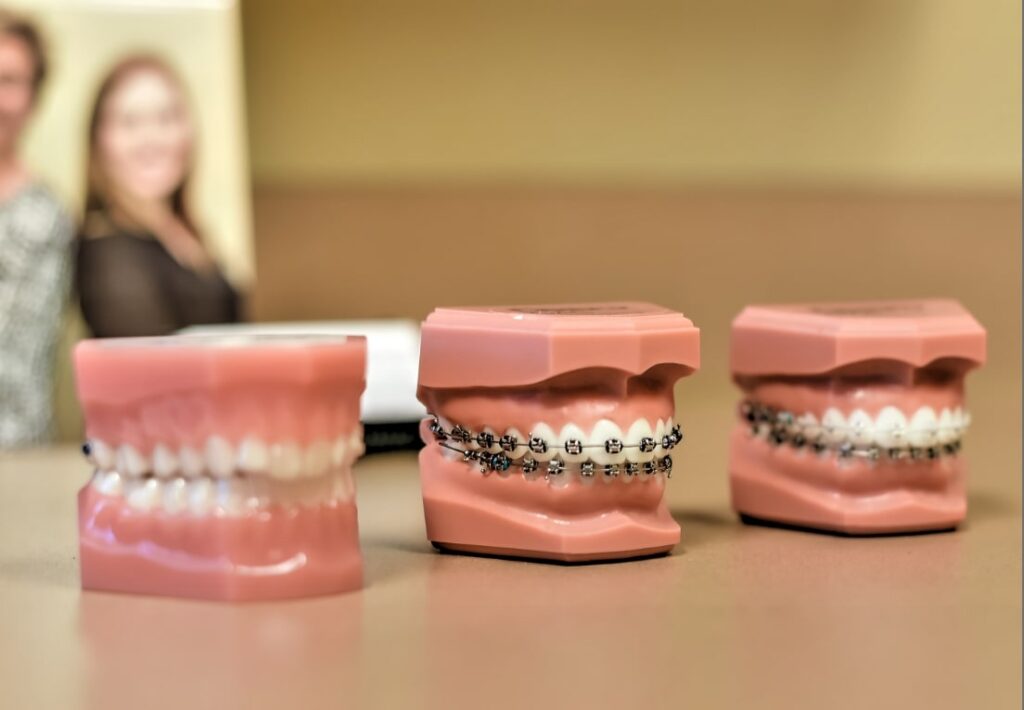Comprehensive Guide to Orthodontics Treatments for Fixing Dental Imbalances
In the world of orthodontics, the journey to attaining a perfectly straightened smile includes a myriad of treatments tailored to fix oral misalignments. From conventional dental braces to invisible aligners and even surgical options, the field of orthodontics provides an array of services to deal with differing levels of dental abnormalities. Understanding the ins and outs of each procedure, including their devices, advantages, and prospective downsides, is critical in making notified decisions regarding one's orthodontic therapy. As we browse through the extensive guide to orthodontic procedures for correcting oral imbalances, the detailed details of each method will unfold, dropping light on the course toward a useful and unified dental placement.
Orthodontic Procedures Introduction

Normal changes and surveillance are essential components of orthodontic treatment to guarantee progression is on track and to make any needed modifications along the means. By going through orthodontic procedures, people can not just attain a straighter smile yet likewise improve their total oral health and feature.
Traditional Dental Braces: Just How They Work
When considering orthodontic treatments for oral misalignments, conventional braces stand out as a reliable method for fixing teeth positioning. Conventional dental braces are composed of braces, wires, and bands that interact to apply continual stress on the teeth, progressively moving them right into the desired positioning. The brackets are connected to the teeth utilizing a special adhesive, and the wires are threaded through the braces. By changing the tension of the wires, orthodontists can regulate the direction and force related to each tooth, assisting them right into proper placement gradually.
As pressure is applied to the teeth with the braces, the bone surrounding the teeth is improved to support the brand-new tooth placements. Individuals will certainly require normal adjustments at the orthodontist's office to ensure the braces proceed to use the proper pressure for effective teeth activity.
Unnoticeable Aligners: Cons and pros
These clear, customized trays are practically undetectable when put on, making them an attractive alternative for individuals looking for a more visually pleasing orthodontic treatment. People can eliminate the aligners prior to eating or brushing their teeth, decreasing the risk of food getting stuck in the home appliance and simplifying the cleansing procedure.

Surgical Orthodontic Options
Surgical treatments in orthodontics existing sensible alternatives for addressing complicated oral imbalances that might not be efficiently solved through conventional orthodontic therapies. While unseen aligners and typical braces can remedy several orthodontic problems, specific cases call for medical treatment to achieve ideal results. Surgical orthodontic choices are generally suggested for severe malocclusions, considerable jaw inconsistencies, and instances where the underlying bone framework requires adjustment to attain appropriate alignment.
One usual medical orthodontic treatment is orthognathic surgery, which entails rearranging the jaws to correct useful issues such as trouble talking or eating. This surgery is frequently carried out in cooperation with have a peek here an orthodontist who helps align the teeth prior to and after the procedure. Surgical orthodontics might also include treatments to subject impacted teeth, eliminate excess periodontal tissue, or reshape the jawbone to create an extra unified face profile.
Before considering medical orthodontic options, individuals undertake a thorough evaluation to determine the requirement and potential benefits of such interventions. orthodontics. While surgical treatment might seem daunting, it can substantially boost both the function and appearances of the smile in situations where traditional orthodontic therapies fail
Retainers and Post-Treatment Care

Failing to comply with post-treatment treatment instructions can result in regression, where the teeth slowly relocate back towards their initial placements. Consistent retainer wear, good dental health, and normal oral exams are crucial for preserving the outcomes attained with orthodontic surgical treatment and guaranteeing the lasting security of the dealt with dental alignment.
Verdict
To conclude, orthodontic treatments provide numerous options for dealing with oral imbalances. Traditional braces make use of steel braces and wires to shift teeth into appropriate placement. Unnoticeable aligners give a more discreet option yet may not be appropriate for all instances. Surgical orthodontic options are available for more severe imbalances. Retainers are commonly utilized post-treatment to preserve the brand-new placement. On the whole, orthodontic treatments can effectively enhance dental health and wellness and aesthetic look.
As we navigate through the comprehensive overview to orthodontic treatments for dealing with dental misalignments, the elaborate details of each method will certainly unravel, dropping light on the course towards a practical and unified oral alignment. - cumming aligners
One of the most typical orthodontic treatments is the usage of dental braces, which are composed of metal braces and cables that apply gentle pressure to gradually change teeth into the desired position.When considering orthodontic treatments for oral misalignments, conventional dental braces stand out as a reliable technique for dealing with teeth placing. In addition, undetectable aligners might not be ideal for complicated orthodontic problems that need more considerable teeth activity, as they are normally advised for light to moderate cases. Retainers are custom-made orthodontic gadgets made to hold teeth in their dealt with placements after the conclusion of orthodontic treatment.